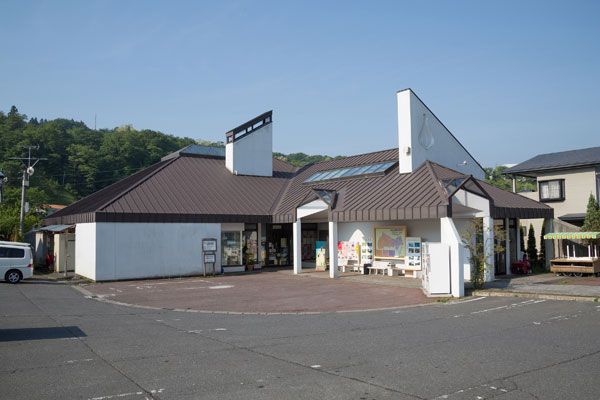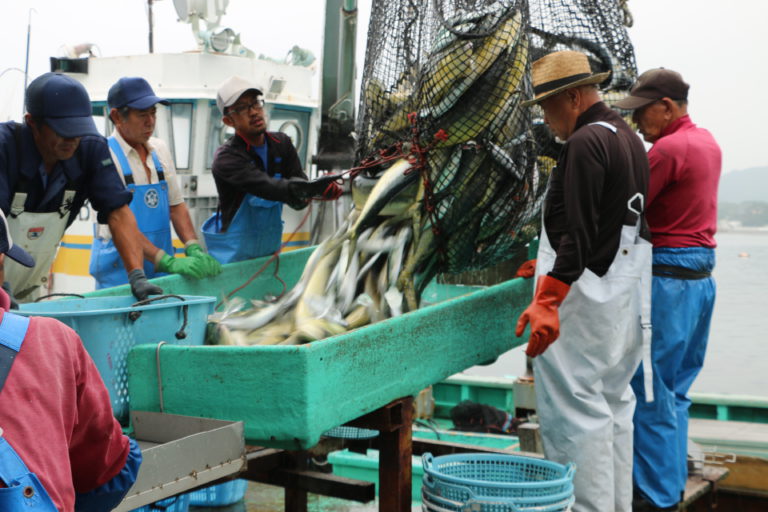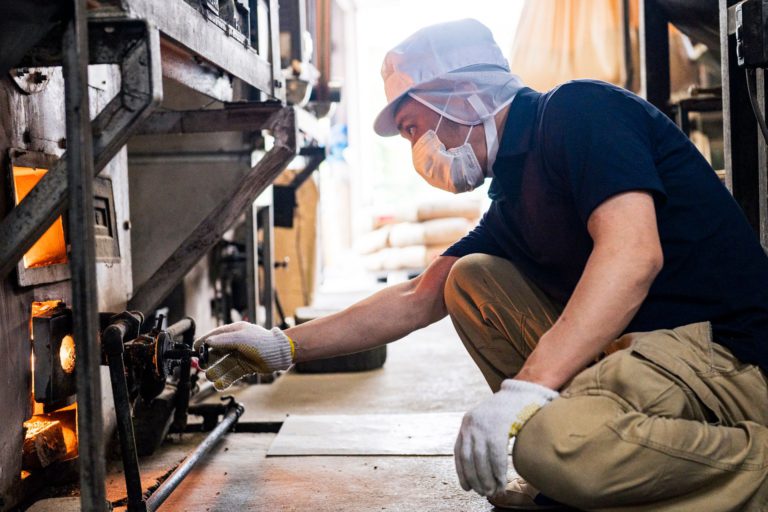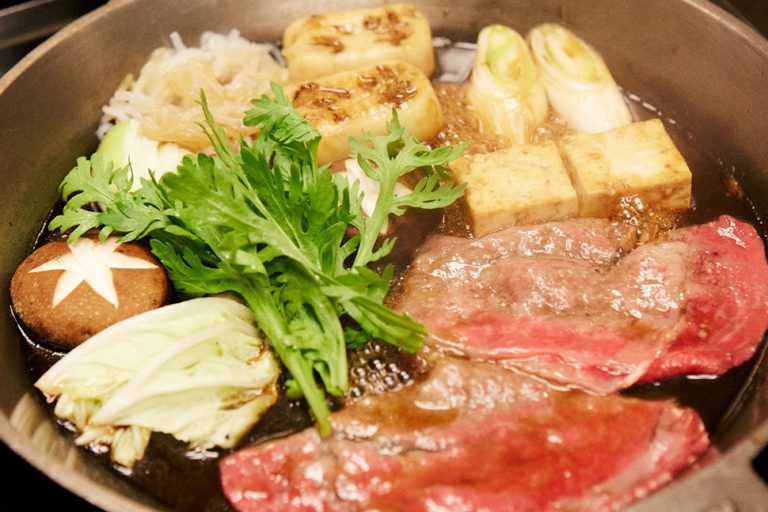Garlic: the White Jewel that Saved a Town
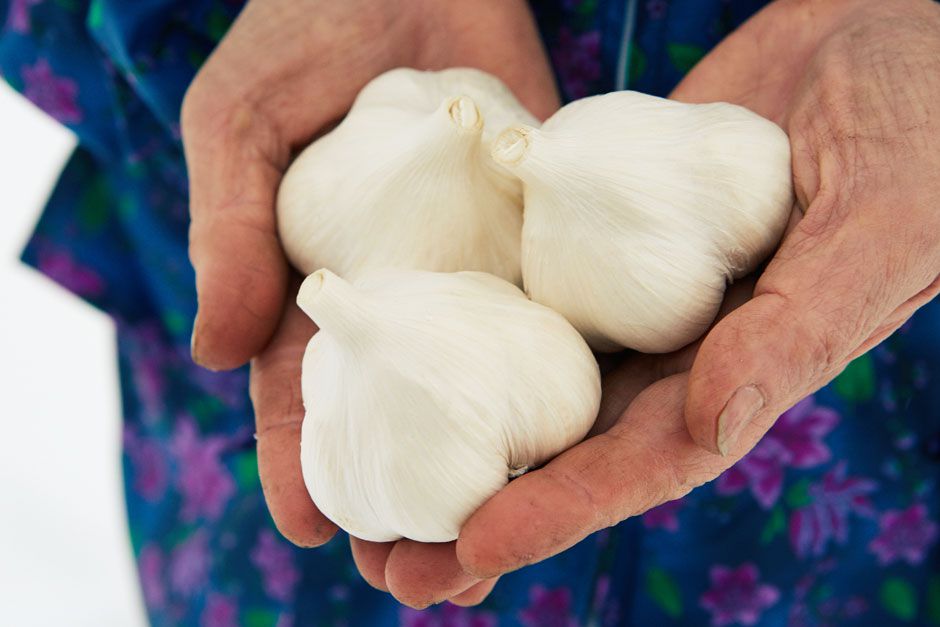
The home of garlic, 50 years in the making
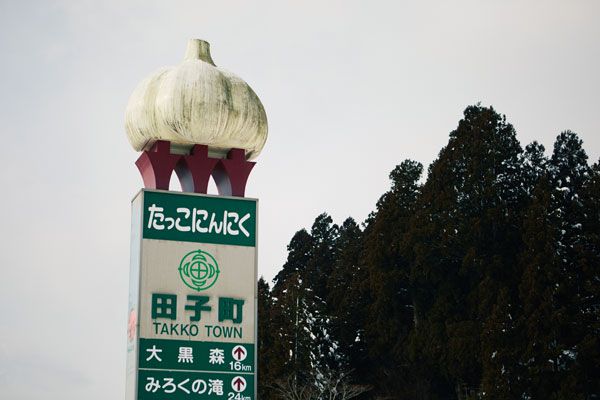
Takkomachi proudly announces itself to the visitor as the home of garlic, with garlic-topped streetlights on the roads and garlic-inspired decorations on top of the post boxes. Garlic greets you at every turn, and the tantalizing of garlic in the senses.
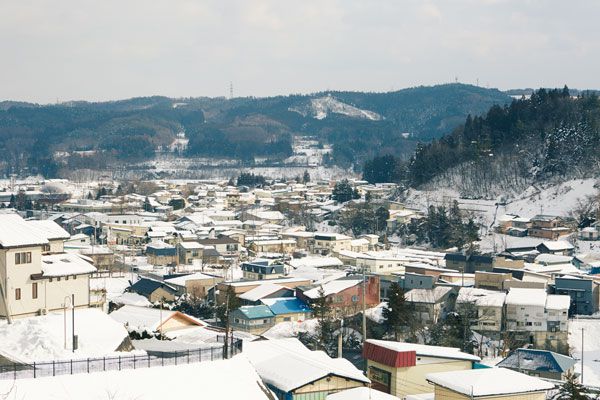
Takkomachi traces its history as the home of garlic back to the 1960s, when the local farmers got together and decided to set up an industry that would enable them to remain at home during the snowbound winter months, when they are traditionally forced to relocate in search of casual work. The region had long been considered suitable only for livestock farming, due to the unproductive nature of its volcanic soil. The first step was to improve the soil with organic material. The next step was to select a single variety of garlic suited to the newly improved soil. It was decided to use Fukuchi White 6, a popular variety in the neighboring town of Fukuchimura (present-day Nanbucho).
In the initial stages, the bulk of the garlic produced in Takkomachi was sent no further than the adjacent prefectures. By 1975, however, the hard work of the Takkomachi producers was starting to pay dividends, with Takkomachi garlic evolving into a nationwide brand. Such was its reputation that at one stage it fetched the top market price for garlic at fruit and vegetable wholesaler Tokyo Seika.
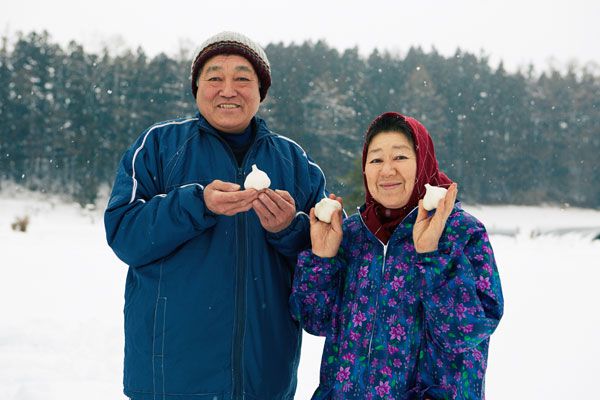
Garlic grower Sei-ichi Tanuma describes the strict sorting and selection criteria, and the dedication and commitment needed in order to maintain the quality and consistency standards established by the pioneering farmers of the 1960s. “Why, if you took away the garlic industry there’d be nothing left of us!” exclaims Tanuma. One can see a united commitment to honoring the work of the previous generation for the benefit of the town as a whole. This is the spirit behind the success story of Takkomachi.
Plants buried in snow until spring
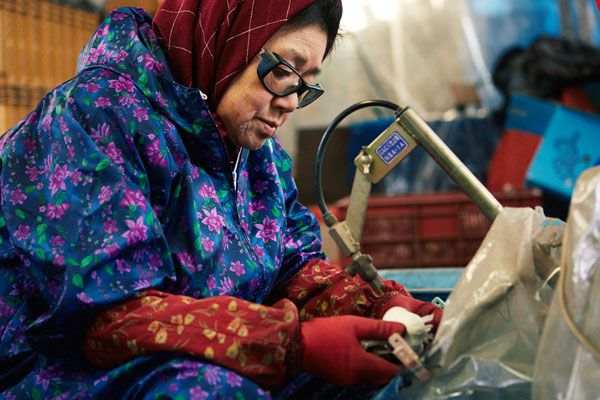
The annual planting normally takes place in September. The Takko Ninniku garlic plants spend the entire winter buried in the fertile soil under the snow. The main growth period is spring through to early summer, after the snow has melted
The harvest season is quite short, from late June through to mid July, with a yield of around 1,000 tons. At this time, the streets of Takkomachi are redolent with the heady fragrance of freshly picked garlic.
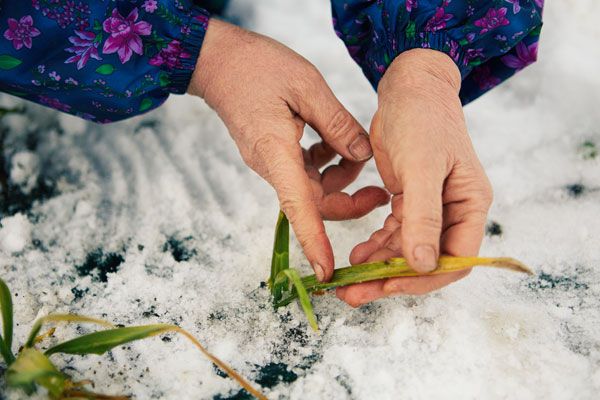
Your Shungate reporter visits Takkomachi at the end of January, when temperatures are below freezing and the fields are covered in a thick carpet of snow as far as the eye can see. We shovel away the snow layer to discover garlic plants with leaves intact resting happily in the soil beneath.
One might think that the cold snow would do them harm, but in fact the opposite is true: according to grower Waka Yamamoto, the snow helps the plants to grow stronger, resulting in the distinctive Takko Ninniku garlic much beloved of consumers throughout Japan.
“The snow actually protects the leaves from the fierce dry winds of winter,” explains Yamamoto. “Then in spring, the snow melts and the leaves emerge in perfect condition to absorb the sun that fuels new growth. This is the secret of our wonderful garlic.”
Takko Ninniku garlic is indeed a product of the rugged environment of northern Japan.
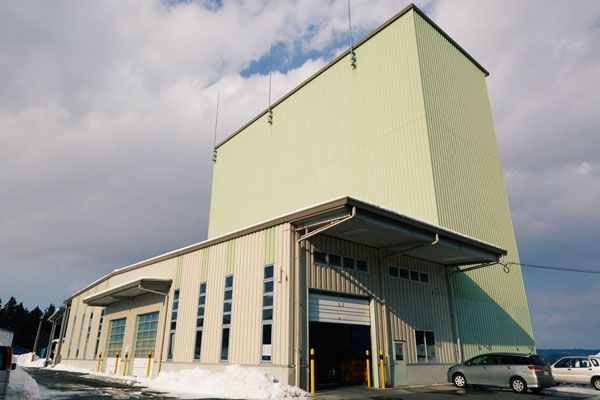
Normally, garlic bulbs are stripped of roots and leaves before drying. The outer layers are then peeled away and the roots are trimmed further for shipment. But Takkomachi uses a different approach that preserves the quality of the harvested garlic so as to enable ongoing shipments throughout the year. This requires two very large facilities.
The first is a heat treatment facility, where the freshly harvested bulbs are subjected to hot air at 50°C for around six hours. This is a chemical-free process that suppresses sprouting and root growth while also preventing insect damage.
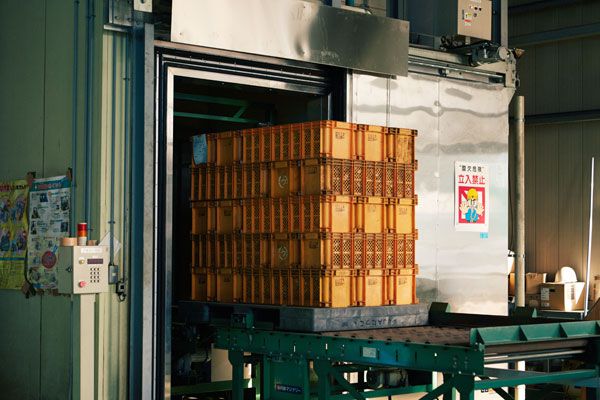
The second major facility is a dedicated CA cold storage storehouse that can hold up to 350 tons of harvested garlic. The produce is kept fresh with a combination of nitrogen and carbon dioxide gases held at a constant temperature of -2°C, just above the freezing point for garlic.
These two key facilities were built by the local government of Takkomachi and made available to producers, an illustration of the level of commitment of the town to its local industry.
From farming town to tourism destination

It is now more than 50 years since the people of Takkomachi came together to launch their ambitious garlic project.
Today, Takko Ninniku is a premium brand of garlic sold throughout Japan, and the town of Takkomachi has been transformed. It even has an international relationship with Gilroy, one of the leading garlic producers in the United States. The humble garlic has created new business opportunities and personal connections not only in Japan but around the world.
Takkomachi mayor Harumi Yamamoto speaks with great conviction about the garlic transformation of his town. “Garlic is like gold to us,” he says. “And it embodies the spirit of Takkomachi. Not the actual vegetable of course?I mean our commitment to the industry, the way the whole community has come together on this initiative, the dedication and commitment and sheer hard work that everyone has put in. That’s an integral part of our history now.”
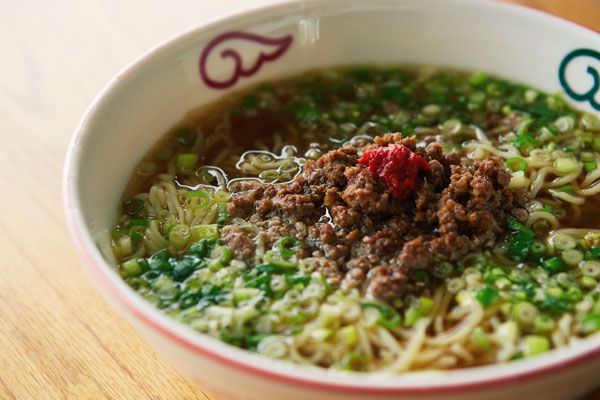
As to the future, the mayor has grand plans to transform Takkomachi once again, from a simple farming town to a tourism destination in its own right.。
“So far, we’ve been highly focused on making quality produce and sending it out into the world. Now we want to turn our attention to encouraging people to come and visit our wonderful town, to eat our incredible garlic, to meet the locals and enjoy a truly unique experience that only Takkomachi can offer. Though we’re tucked away in the mountains, people might be surprised to learn that we also farm Takko Beef here, and grow vegetables and rice fed by our sparkling clear rivers. We also have great views: in the mornings you can look down over the clouds from the Okuromori forest area, while in the evenings you can admire the Milky Way in brilliant clarity.”
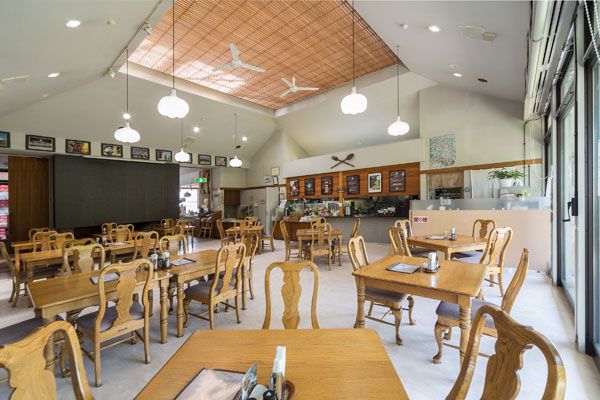
Already there are signs of the new tourism drive, such as the Garlic Center in town where you can sample truly unique foods such as Ninja noodles made with garlic powder and garlic-flavored ice-cream. Garlic-inspired events are held throughout the year, with the highlight being the “Ninniku-to-Bego” (garlic and beef) Matsuri festival in October, which essentially revolves around eating huge quantities of Takko Beef and Takko Ninniku.
Takkomachi, the town transformed by a tiny white vegetable,
is so much more than just an agricultural outpost in far northern Japan.
Takko Ninniku garlic from Takkomachi
Source:Local growers Sei-ichi Tanuma and Waka Yamamoto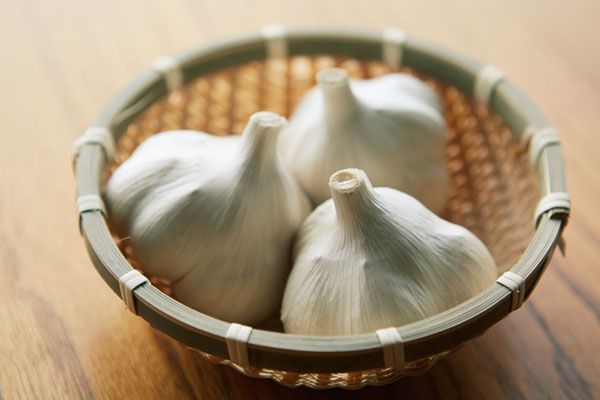
Peak Season
・ Freshly harvested garlic is available from late June to early July
・ Dried garlic (with a more mature flavor) is available from late August
Tips
Bulbs around 5~6 cm in size with taut skin and firmly packed cloves

